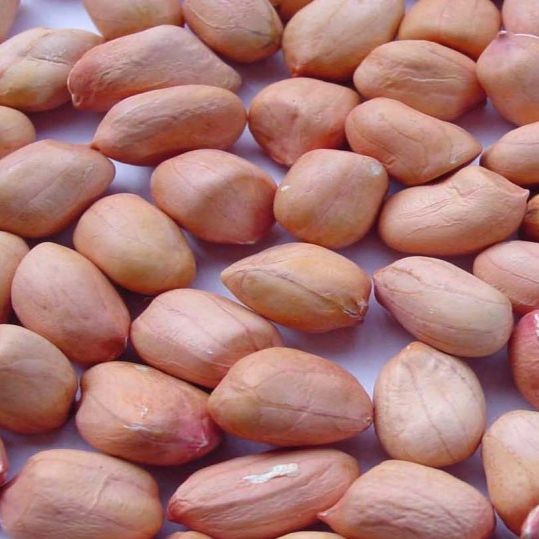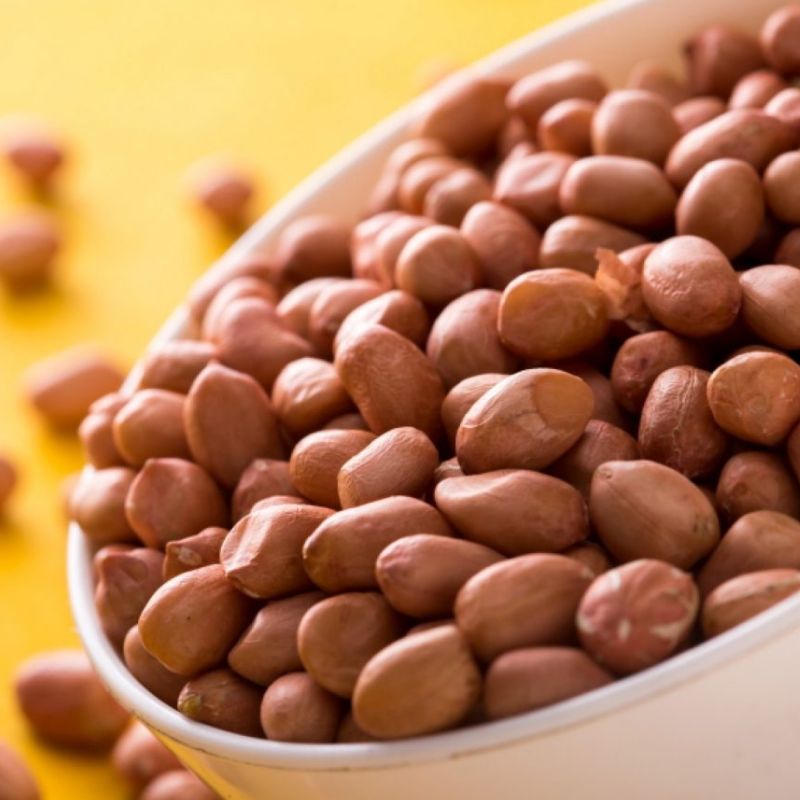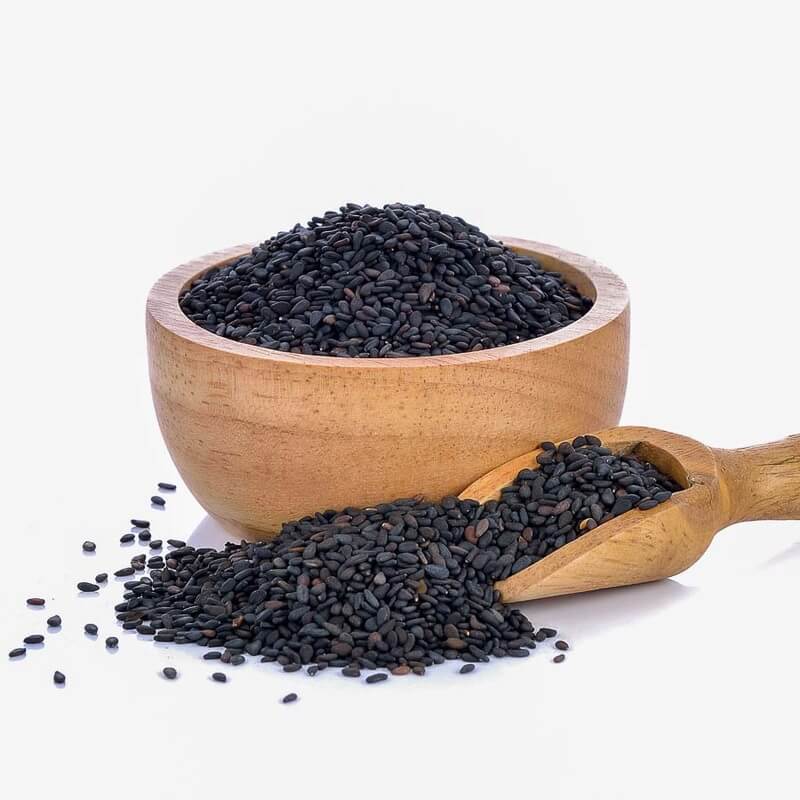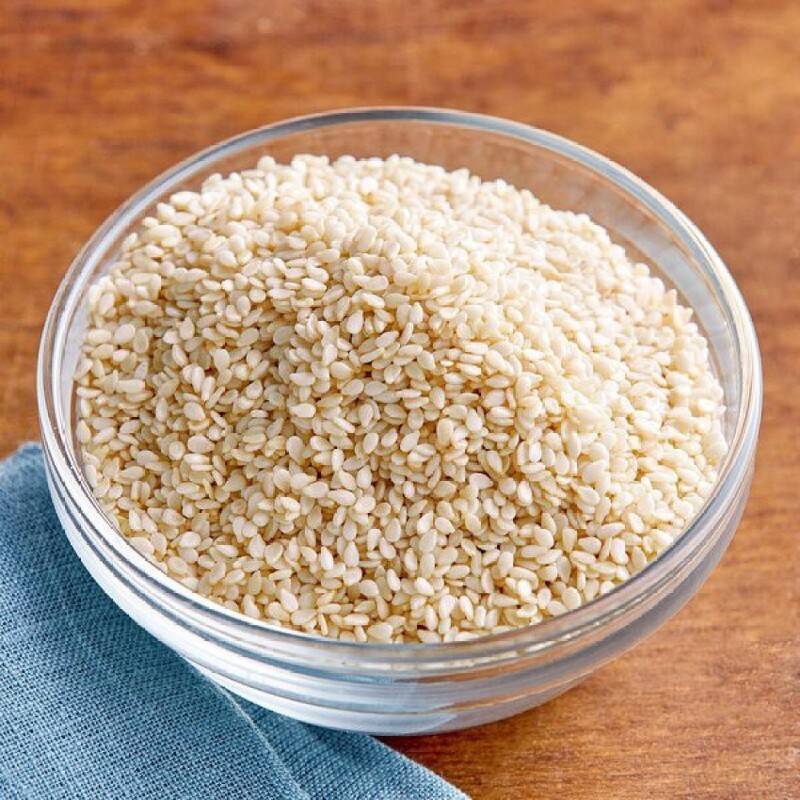Java Peanuts
Java peanuts, scientifically known as Arachis hypogaea, are a popular and nutritious legume that is cultivated and enjoyed worldwide. This versatile crop is prized for its flavor, oil content, and wide range of culinary uses. In this article, we will explore various aspects of Java peanuts, from their growth requirements to their uses and consumers.
₹1,000.00
Java Peanuts: A Comprehensive Overview
Java peanuts, scientifically known as Arachis hypogaea, are a popular and nutritious legume that is cultivated and enjoyed worldwide. This versatile crop is prized for its flavor, oil content, and wide range of culinary uses. In this article, we will explore various aspects of Java peanuts, from their growth requirements to their uses and consumers.
Plant Size and Type:
Java peanut plants are typically low-growing, reaching a height of about 12 to 18 inches (30 to 45 cm). They are classified as herbaceous annuals, which means they complete their life cycle in a single growing season.
Taste and Color:
Java peanuts are renowned for their rich, nutty flavor. They have a slightly sweet and earthy taste that makes them a favorite in both savory and sweet dishes. The color of the peanuts varies depending on the variety, but they are commonly a pale beige to light brown color.
Soil Type for Growth:
Java peanuts thrive in well-drained, sandy loam soil with a slightly acidic to neutral pH level. Good soil drainage is essential to prevent waterlogging, which can lead to disease and rot in the roots and peanuts.
Regions of Production:
Java peanuts are cultivated in various regions across the globe, with major producers including the United States (especially in states like Georgia, Texas, and Alabama), China, India, Nigeria, and Argentina. In India, the major peanut-producing states include Gujarat, Andhra Pradesh, Tamil Nadu, and Karnataka.
Maturity Period and Environmental Conditions:
The maturity period for Java peanuts typically ranges from 90 to 120 days after planting. These plants require warm temperatures between 70°F to 90°F (21°C to 32°C) and consistent sunlight. Adequate rainfall or irrigation is necessary, particularly during the flowering and pod development stages.
Physical Properties and Ingredients:
Java peanuts have a unique structure. They grow underground, and each plant produces small yellow flowers that eventually develop into pods. These pods contain two or more peanut kernels enclosed in a thin, papery shell. The key components of Java peanuts include protein, healthy fats, fiber, vitamins (particularly B vitamins), and minerals (such as magnesium, phosphorus, and potassium).
Shelf Life After Harvesting and Storage Conditions:
The shelf life of Java peanuts after harvesting depends on various factors, including proper drying and storage conditions. If stored in a cool, dry place and protected from moisture, insects, and pests, they can last for several months to a year. To extend their shelf life, peanuts are often roasted, salted, or made into peanut butter.
Uses and Consumers:
Java peanuts have a wide range of culinary applications. They can be consumed as roasted snacks, added to salads, used in baking (peanut butter cookies, peanut brittle), and incorporated into savory dishes like satay sauce and peanut soups. Additionally, peanut oil extracted from these peanuts is used for cooking and in various industrial applications.
Consumers of Java peanuts span the globe, with people of all ages enjoying their delicious flavor and nutritional benefits. They are a popular snack at parties, picnics, and sporting events and are also a staple in many traditional cuisines.
In conclusion, Java peanuts are a versatile and nutritious crop with a distinctive taste and a broad array of uses. Whether you’re enjoying them as a snack or incorporating them into your cooking, these peanuts have earned their place as a beloved food item worldwide.






Reviews
There are no reviews yet.